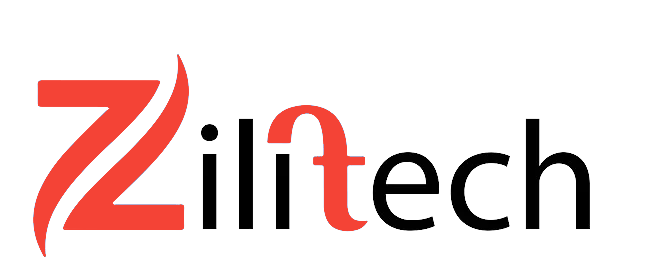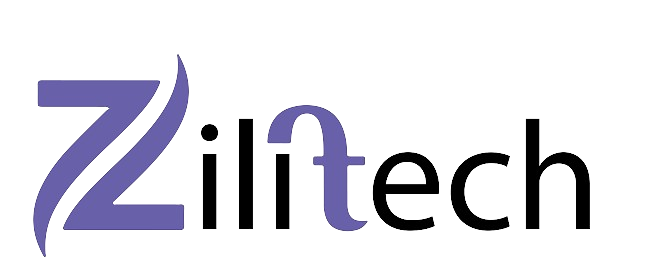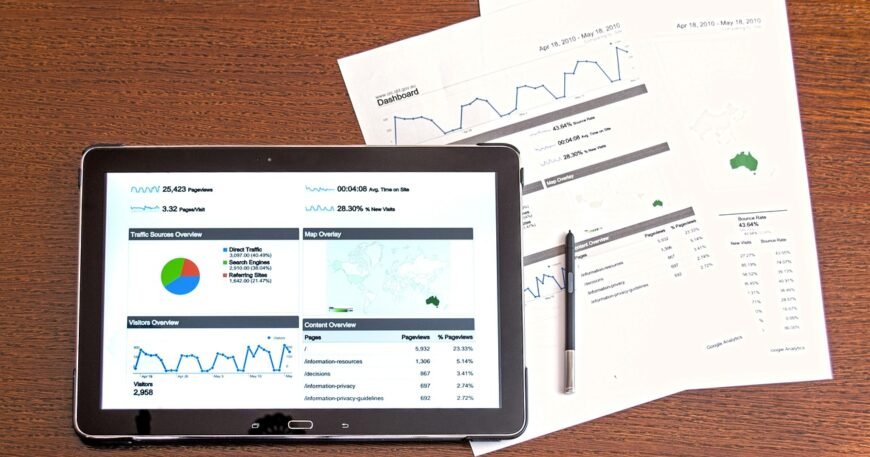Introduction
Digital gradebooks have revolutionized the way educators manage and track student performance. Gone are the days of cumbersome paper records and manual calculations. With digital gradebook management, teachers can enjoy a streamlined, efficient, and accurate method of recording grades and providing feedback. But what exactly makes digital gradebooks so essential in modern education?
What is a Digital Gradebook?
A digital gradebook is an online tool that allows teachers to record, calculate, and track students’ grades electronically. Unlike traditional paper-based gradebooks, digital gradebooks offer a range of features designed to simplify and enhance the grading process. They provide an easy-to-use interface where grades can be entered, updated, and analyzed in real-time.
Benefits of Using a Digital Gradebook
Enhanced Accessibility
One of the primary advantages of digital gradebooks is their accessibility. Teachers can access and update grades from any device with an internet connection, whether they are in the classroom, at home, or on the go. This flexibility ensures that grading can be done efficiently and conveniently.
Improved Accuracy and Efficiency
Digital gradebooks minimize the risk of human error in calculations. Automated systems ensure that grades are accurately recorded and computed, saving teachers valuable time and reducing the likelihood of mistakes. This improved accuracy also means that students receive more reliable feedback on their performance.
Real-Time Updates and Feedback
With digital gradebooks, students and parents can receive immediate updates on academic progress. Real-time feedback helps students understand their strengths and areas for improvement, fostering a more proactive approach to learning. Parents can stay informed about their child’s performance, enabling better support at home.
Environmental Impact
By eliminating the need for paper-based records, digital gradebooks contribute to a more sustainable and eco-friendly approach to education. Schools can significantly reduce their paper consumption, supporting broader environmental initiatives.
Key Features of a Digital Gradebook
User-Friendly Interface
A good digital gradebook should have an intuitive and user-friendly interface. Teachers should be able to navigate the system easily, enter grades quickly, and generate reports without extensive training.
Integration with Other Educational Tools
Digital gradebooks often integrate with other educational tools and platforms, such as learning management systems (LMS) and student information systems (SIS). This integration ensures seamless data sharing and enhances overall efficiency.
Customizable Reporting Options
Teachers need the ability to generate customized reports that meet their specific needs. Digital gradebooks should offer a variety of reporting options, from individual student reports to class-wide performance summaries.
Secure Data Management
Security is a critical concern in digital gradebook management. The system should ensure that student data is stored securely and protected against unauthorized access. Compliance with data privacy regulations is essential to maintaining trust and integrity.
How to Choose the Right Digital Gradebook
Assessing Your Needs
Before selecting a digital gradebook, it’s essential to assess your specific needs. Consider the size of your school, the number of students, and the grading requirements. Understanding these factors will help you choose a system that best fits your circumstances.
Evaluating Different Platforms
There are numerous digital gradebook platforms available, each with its unique features and benefits. Take the time to research and compare different options. Look for user reviews, demo versions, and case studies to gain insights into each platform’s strengths and weaknesses.
Considering Budget and Cost-Effectiveness
While some digital gradebooks come with a price tag, others offer free or low-cost options. Evaluate your budget and consider the long-term cost-effectiveness of each platform. Investing in a reliable and efficient system can save time and resources in the long run.
Implementing a Digital Gradebook in Your School
Training and Professional Development
Successful implementation of a digital gradebook requires proper training and professional development for teachers. Provide comprehensive training sessions to ensure that all staff members are comfortable using the new system.
Setting Up the System
Once you’ve chosen a digital gradebook, the next step is setting it up. This process involves configuring the system to match your grading policies and entering initial data. Proper setup is crucial for smooth operation and accurate data management.
Encouraging Adoption Among Staff
Encouraging widespread adoption among staff is essential for the success of digital gradebook implementation. Highlight the benefits and provide ongoing support to address any concerns or challenges teachers may face.
Best Practices for Digital Gradebook Management
Regular Data Entry and Updates
To maintain accuracy and reliability, it’s important to enter grades regularly and update the system frequently. This practice ensures that students and parents receive timely and accurate information.
Utilizing Analytics and Reports
Digital gradebooks offer powerful analytics and reporting tools. Utilize these features to gain insights into student performance, identify trends, and make informed decisions about instructional strategies.
Ensuring Data Security and Privacy
Always prioritize data security and privacy. Implement strong passwords, encryption, and access controls to protect sensitive student information. Regularly review and update security protocols to stay ahead of potential threats.
Communicating with Students and Parents
Effective communication is key to successful digital gradebook management. Use the system’s communication tools to keep students and parents informed about grades, assignments, and important announcements.
Challenges and Solutions in Digital Gradebook Management
Common Issues Faced
Despite their many benefits, digital gradebooks can present challenges. Common issues include technical glitches, data entry errors, and resistance to change from staff.
Effective Troubleshooting Tips
Develop a troubleshooting protocol to address common issues quickly. Provide teachers with resources and support to resolve technical problems and ensure smooth operation.
Continuous Improvement Strategies
Digital gradebook management is an ongoing process. Continuously seek feedback from teachers, students, and parents to identify areas for improvement. Regularly update the system to incorporate new features and enhancements.
Future Trends in Digital Gradebook Technology
AI and Machine Learning Integration
The future of digital gradebooks includes the integration of AI and machine learning. These technologies can provide deeper insights into student performance, predict learning outcomes, and offer personalized recommendations.
Enhanced Data Analytics
Advanced data analytics will continue to play a significant role in digital gradebook management. Enhanced analytics tools will allow educators to track student progress more effectively and make data-driven decisions.
Greater Personalization for Students
Future digital gradebooks will offer greater personalization, allowing teachers to tailor feedback and support to individual student needs. This personalized approach can enhance student engagement and improve learning outcomes.
Conclusion
Digital gradebook management is transforming education by providing a more efficient, accurate, and accessible way to track student performance. As technology continues to evolve, digital gradebooks will become even more powerful and user-friendly. By embracing these tools, educators can enhance their teaching practices and support student success.
FAQs
What are the main advantages of using a digital gradebook over a traditional one?
Digital gradebooks offer enhanced accessibility, improved accuracy, real-time updates, and a positive environmental impact compared to traditional paper-based gradebooks.
How secure is the data stored in digital gradebooks?
Data in digital gradebooks is typically stored with high-security measures, including encryption and access controls, to protect against unauthorized access and ensure privacy.
Can digital gradebooks be integrated with other school management systems?
Yes, many digital gradebooks integrate seamlessly with learning management systems (LMS) and student information systems (SIS) to streamline data sharing and improve overall efficiency.
What should teachers consider when transitioning to a digital gradebook?
Teachers should consider factors such as ease of use, training and support, data security, and the specific needs of their students and school when transitioning to a digital gradebook.
Are there any free digital gradebook options available?
Yes, there are





